
Vezo are defined by their symbiotic report to the coast and close sea, which distinguishes them from any other coastal populations of Madagascar. They live on the coast, draw their subsistence from the sea and turn to it for their safety - still recently, during the disturbed period that the country knew, with the least rumour of approaching malaso(gangsters), one precipitated on to the pirogues and took refuge off shore. And doesn't one say, about a man who does not manage very well with his boat, that he is Masikoro? Masikoro, farmers and stockbreeders, occupy the coastal plain, between the Mangoky and Onilahy rivers, where Vezo occupy the coast. Masikoro and Vezo readily tease each other still respectfully. Beyond the traditional teasing, one affirms that if you do well on and in water, you must be... Vezo
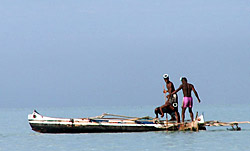
It is said that you can find vezo people from Androka in the south almost until Mahajanga in north, but their epicentre remains the coast between Toliara and Morombe. They are there in contact with the Masikoro and the Mikea people, which live in the close dry forests of hunting, gathering and honey collection. Some ethnologists like to do the parallel between Mikea, seminomads of the forest, and Vezo, seminomads of the sea.
South of the Onilahy river, they're called ' Sara '.
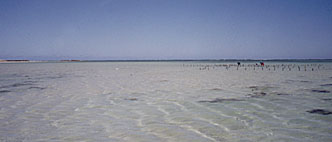
The image of Vezo is related mainly to the marine 'seminomadism'. Sleeping on the beach, in their spars and sail made tents, here or there if there is fish... If they readily move throughout the year, throughout the coast to visit their disseminated family, it is in cold season asutsi(from June to September) -- fish is better preserved --, than the working population emigrates to close islands or any point of the coast considered for its wealth in sea products. It is noticeable yet that this semi-nomadism is no longer effective for most vezo. The hope of a better life attracts in big cities, on the other hand the exhaustion of resources drags them away from their traditional fishing areas...
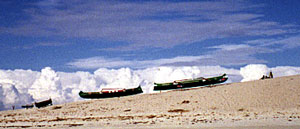
For the visitor, the most visible material mark of the vezo identity remains the dugout, similar to null other on the large island, and always similar to itself since centuries. Its manufacture as its operation require a true know-how, transmitted from generation to generation, as its proportions which maintains it elegant and breedy on water, even with a sail perforated or coarsely patched with rice bags -- then only slower --, straightforwardly splendid when the owner is rich enough to decorate it with sharp colors.
It is used for the fishing and the carriage of the people and the goods, in the coastal lagoon that constitutes a long protected channel but also outside, to pass the estuaries or to reach the distant places of fishing.
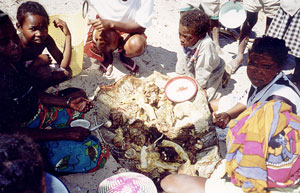
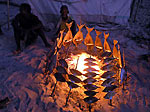
In an ordinary vezo village, the daily activity is thus turned towards the sea: fishing according to the season and the tide, with the net, the hook, the tow-net and especially on the platier of the reef, fish or octopus fish; collecting holothuries, sea urchins, shells (tsakodia for example for consumption, but many others for the account of purchasers and foreign collectors, even those protected by the convention of Washington); growing algae (in Tsifota, Beheloka...); trading fishery products; transporting by dugout the products of the sea and various goods (sweet potatoes, reeds ' vondro ', etc); building and maintening the dugouts... A certain number of ceremonies rythmn social life : soritse and fandeha (marriage), funeral, bilo (ritual of cure), savatsy (circumcision, that certain Vezo clans do not practise)... One worships like elsewhere in Madagascar the ancestors which, more or less divinized, can be
called in sometimes spectacular transe rituals : ' trombas '. And on the evening one listens, on an approximate sound system which adds to its rough charm, a little tsapiky, watching somonjara dancing kininike, and drinking rum in some local epibar.
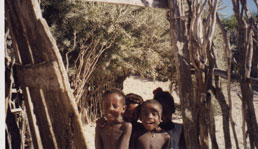
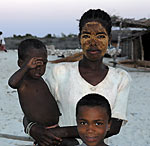
Even if some people consider that the total impact of the Vezo on the reefs remains negligible, one can question oneself, by noticing the degradation of certain close reefs (the large Toliara reef , and where are the turtles that made the fame of Nosy Ve?) on the future of Vezo as "people of the coast". They are more and more numerous and facing an intensifying world pressure on fish. Won't they have tendency, as all the fishermen in the world, to exhaust the resource which foods them and, for Vezo, defines them? We already can answer by the affirmative. The whole coast is today looted. Without a proper regulation, one can be only pessimistic about the future of coastal resources, and for the wealth of the Madagascar lagoons.
written in 2004